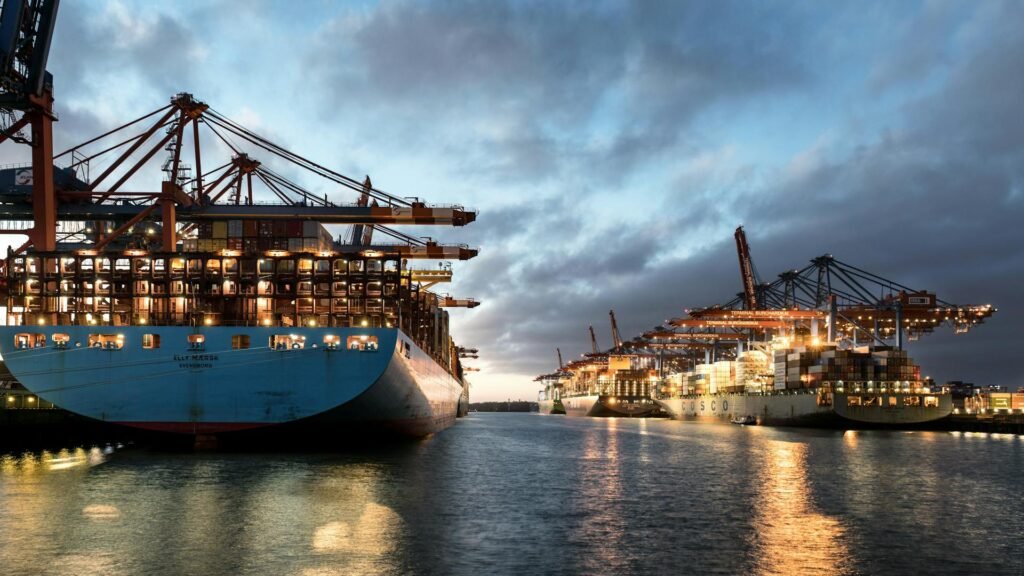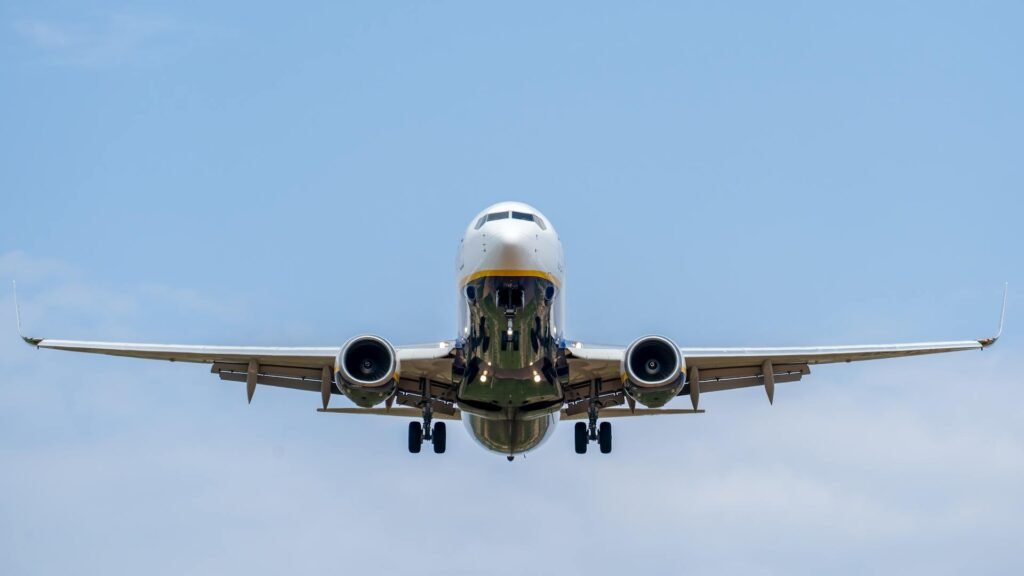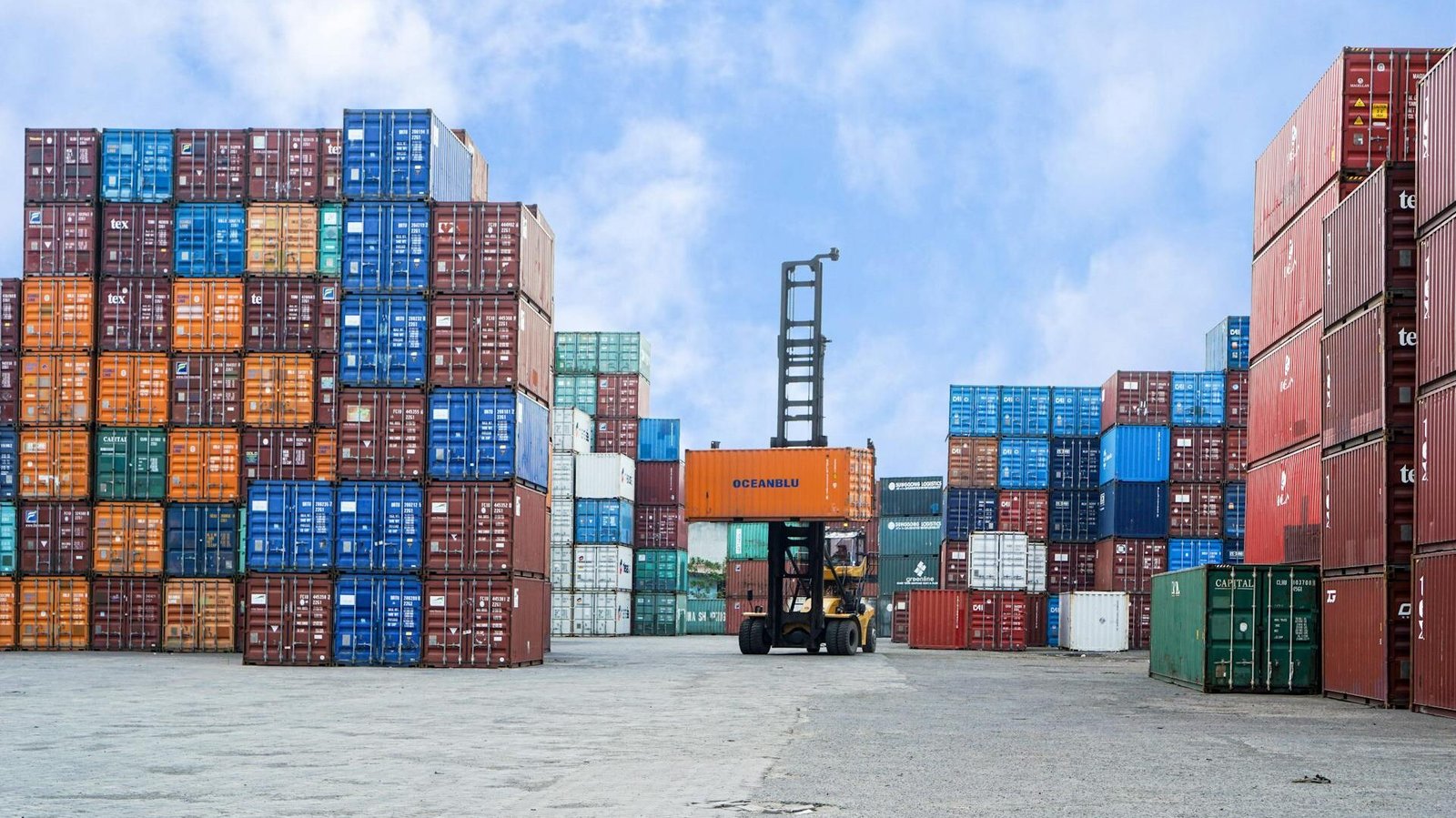
I. Introduction: The Pulse of Global Commerce
In today’s hyper – connected global economy, the trade corridor between China and the USA is a linchpin of international Freight Logistics. Every year, over $500 billion worth of goods traverse this vital route, a figure that underscores the scale and significance of this trade relationship. Just think about the journey of a smartphone, a product that starts its life in a bustling factory in Shenzhen and ends up in the hands of a consumer in New York. This journey is a prime example of the complex web of supply chain management and freight transportation that underpins modern trade.
According to a Flexport report, the North American logistics market, which includes the USA, has been growing steadily, with an increasing demand for efficient shipping solutions from Asia, particularly China. Understanding the Freight Logistics from China to the USA is not just about moving goods; it’s about grasping the intricacies of the globalized economy and the challenges it faces.
II. The First Mile: Preparation and Export Formalities in China
Sourcing and Manufacturing
The genesis of the process lies in China’s manufacturing prowess. Chinese suppliers and manufacturers are at the heart of producing a vast array of products, from consumer electronics to home appliances. Quality control inspections are the norm, ensuring that products meet international standards. For instance, in the case of a high – end electric bicycle, manufacturers adhere to strict safety and performance benchmarks before it can be considered for export. This initial stage is crucial in the logistics services chain, as it sets the foundation for the entire journey.
The Crucial Role of the Freight Forwarder
Engaging a professional freight forwarder is non – negotiable. These experts are the navigators of the complex international freight landscape. They possess in – depth knowledge of shipping regulations, carrier networks, and documentation requirements. Freight forwarders can optimize shipping routes, negotiate favorable rates, and handle all the necessary paperwork, acting as a one – stop – shop for freight management.
Packaging and Labeling
Proper packaging and labeling are essential for the safe transit of goods. The packaging must be robust enough to withstand the rigors of long – distance shipping, whether by sea or air. It should also comply with U.S. regulations, such as clear Country of Origin labeling. For a piece of delicate furniture, the packaging might involve custom – made crates to prevent damage, and the label would clearly indicate its Chinese origin.
Export Documentation
A comprehensive set of export documents is required for a smooth export process. The Commercial Invoice provides detailed information about the goods, including their description, quantity, and value. The Packing List itemizes the contents of each package, while the Certificate of Origin verifies the origin of the goods. These documents are the backbone of freight documentation and are crucial for customs clearance in both China and the USA.
Booking Cargo Space
Shippers have the option of choosing between FCL (Full Container Load) and LCL (Less than Container Load) when booking cargo space on a vessel, or they can opt for air freight. FCL offers exclusivity and faster transit times for larger shipments, while LCL is a cost – effective solution for smaller volumes. Air freight, on the other hand, is ideal for high – value, time – sensitive goods. The choice depends on factors such as cost, urgency, and the nature of the goods.
China Customs Clearance
Clearing Chinese customs is a critical step. Goods must be declared accurately, and inspections may be carried out to ensure compliance with export regulations. Any discrepancies in the documentation can lead to delays, highlighting the importance of accurate freight documentation.

III. The Main Artery: Choosing the Right Mode of Transport
A. Ocean Freight: The Backbone (90% of goods)
Ocean freight is the workhorse of Freight Logistics from China to the USA, accounting for approximately 90% of the volume. Key ports in China, such as Shanghai, Ningbo – Zhoushan, and Shenzhen (Yantian), serve as major departure points, while ports in the USA, including Los Angeles/Long Beach, New York/New Jersey, and Savannah, are the primary destinations.
Transit times vary depending on the destination. Shipments to the West Coast typically take 15 – 25 days, while those to the East Coast can take 30 – 40 days via the Panama Canal. FCL offers advantages such as faster handling and less risk of damage, but it can be more expensive for smaller shipments. LCL, on the other hand, allows shippers to share container space, reducing costs but potentially increasing transit times.
B. Air Freight: The Speedster (for high – value, urgent goods)
Air freight is the go – to option for high – value, urgent goods. Key airports in China, like PVG (Shanghai) and CAN (Guangzhou), are connected to major U.S. airports such as LAX (Los Angeles), ORD (Chicago), and JFK (New York). Air freight offers extremely fast transit times, usually within 3 – 7 days, including pickup and delivery. However, it comes at a premium cost. A cost – benefit analysis is essential to determine when air freight is the most viable option. For example, a new line of high – end fashion items may justify the higher cost of air freight to meet a seasonal demand.
C. Intermodal Rail (A Growing Niche)
The China – Europe rail network has opened up new possibilities for multimodal transportation and its potential connections to the U.S. market. Although less direct, intermodal rail can offer an alternative for certain types of goods, especially those that are less time – sensitive. It combines the efficiency of rail transport with other modes, providing a more sustainable and cost – effective option in some cases.
IV. The Gatekeeper: U.S. Customs and Border Protection (CBP)
The Importer of Record
The U.S. – based Importer of Record is legally responsible for the shipment. They must ensure compliance with all U.S. customs regulations, including the payment of duties and taxes. This role is crucial in maintaining the integrity of the Freight Logistics process and avoiding potential legal issues.
The Critical Role of the U.S. Customs Broker
A U.S. Customs Broker is an indispensable part of the process. These licensed professionals are well – versed in U.S. customs regulations and use the Automated Commercial Environment (ACE) system to file entry documents. They help importers navigate the complex customs clearance process, ensuring that all documentation is accurate and complete.
Key Documentation
The Bill of Lading (BOL), Commercial Invoice, and Packing List are the cornerstones of customs documentation. These documents provide essential information about the goods, their origin, and their value. They are submitted to CBP via the ACE system and are subject to review and verification.
Duties, Taxes, and Tariffs
Duties, taxes, and tariffs are calculated based on the product’s HTSUS (Harmonized Tariff Schedule of the United States) code and its country of origin. Different products attract different tariff rates, and it is essential for importers to understand these costs in advance. A recent study by a European logistics research firm showed that tariff fluctuations can have a significant impact on the overall cost of Freight Logistics between China and the USA.
Examination
CBP may conduct physical inspections of containers for various reasons, such as suspicion of smuggling, incorrect documentation, or random selection. An inspection can cause delays in the delivery of goods, emphasizing the importance of accurate and compliant freight documentation.
Section 321 De Minimis
The Section 321 De Minimis rule allows low – value shipments (up to $800) to enter the USA duty – free. This rule has had a profound impact on e – commerce logistics, as many small – value online purchases fall under this threshold, facilitating the growth of cross – border online trade.

V. The Last Mile: From U.S. Port to Final Destination
Drayage
Drayage is the short – distance trucking that connects the port to a nearby warehouse or rail yard. It is a critical link in the last – mile delivery process, ensuring that goods are efficiently transferred from the port to the inland transportation network.
Deconsolidation
For LCL shipments, deconsolidation is necessary. This process involves unpacking the container and separating the goods for individual distribution. It requires careful handling to ensure that the goods are not damaged during the process.
Inland Transportation
Goods are then transported across the U.S. via truck or domestic rail. Trucks offer flexibility and can reach almost any destination, while rail is more suitable for large – volume, long – distance shipments. The choice between the two depends on factors such as cost, transit time, and the nature of the goods.
Final Delivery
The final step is the delivery to a warehouse, retail store, or directly to a consumer’s door. Companies like Amazon, UPS, and FedEx play a significant role in this last – mile delivery process. Their efficiency and reliability are crucial in ensuring customer satisfaction.
VI. Navigating Challenges and The Future of Sino – U.S. Logistics
Geopolitical and Economic Factors
Geopolitical tensions and economic policies, such as tariffs and trade restrictions, have a significant impact on Freight Logistics from China to the USA. The “de – risking” and “friend – shoring” strategies are reshaping global supply chains, as companies look for alternative sourcing locations to mitigate risks.
Operational Challenges
Operational challenges, including port congestion, labor disputes, and seasonal demand spikes, can disrupt the smooth flow of goods. For example, during the holiday season, ports often experience a surge in cargo volume, leading to delays in unloading and processing.
The Technology Revolution
The logistics industry is undergoing a digital transformation. Digital freight forwarders are using advanced algorithms to optimize shipping routes and match shippers with carriers. IoT (Internet of Things) tracking provides real – time visibility of shipments, and blockchain technology enhances the security and traceability of the supply chain.
Sustainability
There is a growing emphasis on sustainability in Freight Logistics. The industry is exploring alternative fuels, such as green methanol for ships, and implementing energy – efficient transportation methods to reduce its carbon footprint. European logistics companies have been at the forefront of these initiatives, and their experiences can serve as a model for the Sino – U.S. trade lane.
VII. Conclusion: An Interwoven Economic Reality
The Freight Logistics process from China to the USA is an intricate and multi – faceted operation. It involves a multitude of players, complex regulations, and various modes of transport. Despite the challenges posed by geopolitical tensions, operational disruptions, and economic uncertainties, this logistics network remains the bedrock of trade between the world’s two largest economies.
The simple act of ordering a product online is a testament to the global effort, modern engineering, and international cooperation that underpin Freight Logistics. The next time you receive a package from China, take a moment to appreciate the long and complex journey it has taken.





